Material is published with the permission of GUN-TEST.RU channel
This year, the Pulsar Helion range of thermal imaging monoculars has been updated.
The first time I saw these thermal imaging devices was at the IWA-2017 exhibition. Since then, the Pulsar Helion series has established itself as a quality and multifunctional product, setting high standards for the entire market. This year, the Pulsar Helion series has been upgraded. First, the flagship device Pulsar Helion 2 XP50 hit the market. Then, by the end of the year, the Pulsar Helion 2 XQ50F was released, which I tested, and even later, the Pulsar Helion 2 Pro XP50 came out.
I want to point out straight away that the main difference between the XP and XQ series is the size of the sensor used (640x480 and 384x288 pixels, respectively). Other differences are not as significant.
The fundamental difference between Pulsar Helion 2 XQ50F and the first-generation devices lies in the bolometric sensor. At first glance, matrices of both device generations have similar characteristics: 384x288 pixels, 17 μm pixel, and an operating frequency of 50 Hz. But in fact, there is a difference. More recently, when describing thermal imaging devices, another feature has been used: thermal sensitivity of the sensor or its ability to “catch” the temperature difference between adjacent points. This indicator is called NETD and is measured in millikelvins (mK). The lower the NETD value, the better the thermal sensitivity. NETD value for Helion XQ matrices is less than 40 mK compared to 50 mK for the first-generation devices. The qualities of matrices with a low NETD value are especially visible in difficult conditions with low temperature contrast: rain, fog, snow, etc.
The second important difference between Pulsar Helion 2 XQ50F and similar devices of the first generation is the new high-aperture lens. With the same focal distance of 50mm, Helion 2 has an aperture value of F/1.0, while Pulsar Helion has F/1.2. For those who are fond of photography, this parameter will be clearer. Broadly speaking, the larger a “hole” of the optical device lens, the more light (or heat radiation in the case of thermal imaging) is absorbed and the more detailed and better an image.
Another series of improvements relates to signal processing algorithms. We have already seen that even a common software update sometimes allows for a better image quality on the same device. Furthermore, additional modes appear that improve the image quality and details, such as Image Detail Boost.
It should come as no surprise that all these improvements required the installation of a new AMOLED display with a resolution of 1024×768 pixels compared to 640x480 pixels in the first generation of Helion thermal imaging devices.
I suppose these are all the differences that affect an image quality.
Many potential users of Pulsar products might be wondering: what is the difference between Pulsar Helion 2 XQ devices and the recently released Pulsar Axion XQ compact devices, given that they have the same sensors? The difference is in the optics. The lens of 50 mm is too large to fit on the relatively thin Pulsar Axion body. However, a new Pulsar Helion 2 XQ lens outperforms the Pulsar Axion XQ lens, both in terms of focal distance (50 mm vs. 38 mm) and aperture (F/1.0 vs. F/1.2), and optical magnification (4.5x and 3.5x, respectively). As a result, Pulsar Helion 2 XQ provides a maximum range for finding and identifying targets.
Now, let's focus on the novelty features of Pulsar Helion 2 XQ50F, which are not directly related to observation, but nevertheless are important for users. The most noticeable difference compared to the first series is a new device body made of magnesium alloy. The use of this material improves the cooling of the device and increases body strength. I would like to point out that the use of magnesium alloys for device bodies is typical for premium photographic equipment.
In theory, the improved cooling provided by a metal body compared to a plastic one reduces the sensor noise level.
Another feature is a blue on/off button that is visible even in the dark.
There have also been changes in the power supply system: an IPS5 battery with a capacity of 5000 mAh was used previously, which has been replaced by a new IPS7 battery with a capacity of 6400 mAh. This can provide continuous device operation for up to 10 hours. There is an optional IPS14 battery with a capacity of 12800 mAh, as well as a container for AA batteries. The use of external power supply is made possible with a USB type-C connector.
In regard to technology and software, the changes are small. One of them being an increase in memory for image storage (from 8GB to 16GB). The main differences are found in the version 4.0 and onwards. At the time of testing, the device was installed with the software version 4.7.001. Its main differences include improved image processing algorithms and Image Detail Boost functions mentioned above. (Version 4.9.001 is available today, where the number of language versions of the graphical interface presentation has been increased).
You can always download software updates using the Stream Vision application, which connects to a thermal imaging device via Wi-Fi.
Among the functions already known from the devices of this series, let me remind you of the 4.5-18x digital zoom, which operates both discretely and smoothly. There is also a stadiametric rangefinder, picture-in-picture function. As with many other Pulsar models, an image is displayed in eight different colour palettes.
IPX7 device protection allows to withstand immersion in water at a depth of 1 m for up to 30 minutes. Temperature range: -25 to +50 С.
Image quality
Now, let's talk about the image quality.
I have carried out a small field test of the device. The observation was carried out at a temperature of 3.5 C and light snow. The observation object was a herd of cattle at a distance of 60-70 meters.
Animal details are noticeable and the environment is well-detailed, with bushes and tree edges visible in the background.
The relatively high lens magnification of 4.5x makes it possible to quickly identify targets.
In my opinion, Pulsar has done a good job on upgrading the Helion 2 XQ series device. A very thorough and systematic approach is evident.
 Thermion 2 LRF XL50
Thermal Imaging Riflescope
Thermion 2 LRF XL50
Thermal Imaging Riflescope
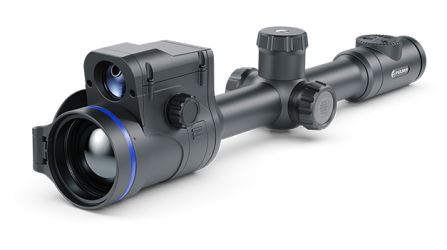 Thermion 2 LRF
Thermal Imaging Riflescopes
Thermion 2 LRF
Thermal Imaging Riflescopes
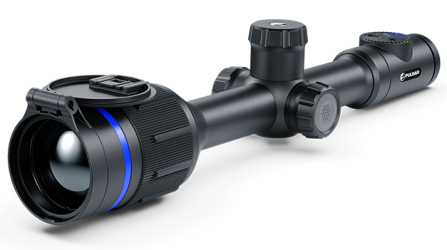 Thermion 2
Thermal Imaging Riflescopes
Thermion 2
Thermal Imaging Riflescopes
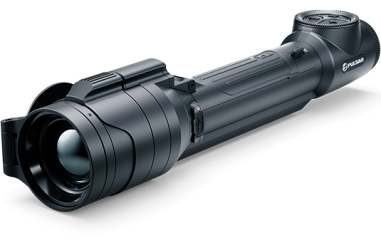 Talion
Thermal Imaging Riflescopes
New
Talion
Thermal Imaging Riflescopes
New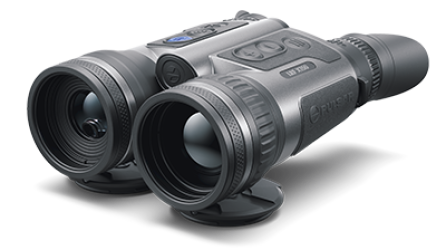 Merger LRF XT50
Thermal Imaging Binoculars
Merger LRF XT50
Thermal Imaging Binoculars
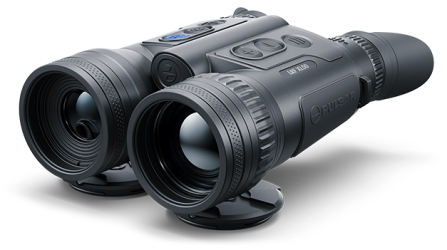 Merger LRF XL50
Thermal Imaging Binoculars
Merger LRF XL50
Thermal Imaging Binoculars
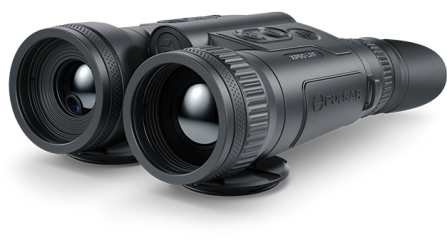 Merger LRF XP50
Thermal Imaging Binoculars
New
Merger LRF XP50
Thermal Imaging Binoculars
New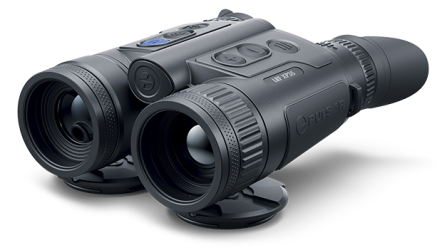 Merger LRF XP35
Thermal Imaging Binoculars
Merger LRF XP35
Thermal Imaging Binoculars
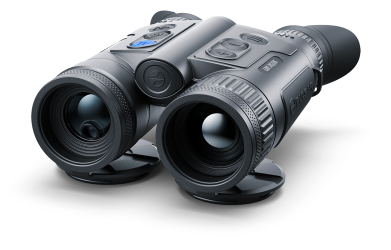 Merger LRF XQ35
Thermal Imaging Binoculars
New
Merger LRF XQ35
Thermal Imaging Binoculars
New Telos
Thermal Imaging Monoculars
New
Telos
Thermal Imaging Monoculars
New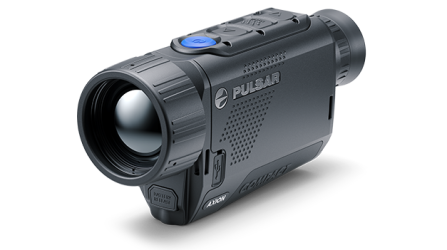 Axion Compact
Thermal Imaging Monoculars
Axion Compact
Thermal Imaging Monoculars
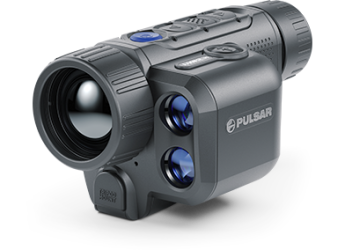 Axion 2 LRF
Thermal Imaging Monoculars
Axion 2 LRF
Thermal Imaging Monoculars
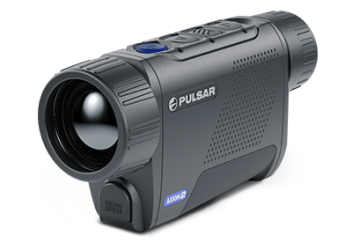 Axion 2
Thermal Imaging Monoculars
New
Axion 2
Thermal Imaging Monoculars
New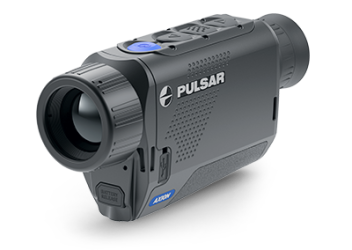 Axion XQ30 PRO
Thermal Imaging Monoculars
Axion XQ30 PRO
Thermal Imaging Monoculars
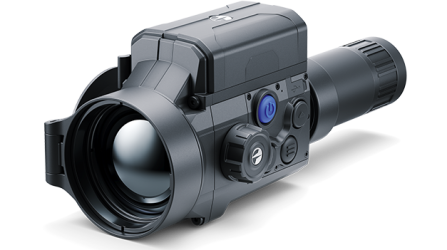 Krypton 2
Thermal Imaging Monocular
Krypton 2
Thermal Imaging Monocular
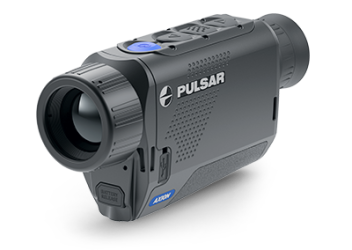 Axion XM30F
Thermal Imaging Monoculars
Discontinued
Axion XM30F
Thermal Imaging Monoculars
Discontinued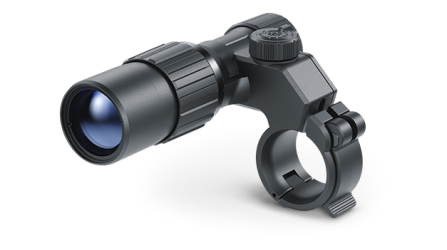 Pulsar Digex-XS
External Infrared Illuminators
Pulsar Digex-XS
External Infrared Illuminators
 APS Batteries
Battery Packs
APS Batteries
Battery Packs
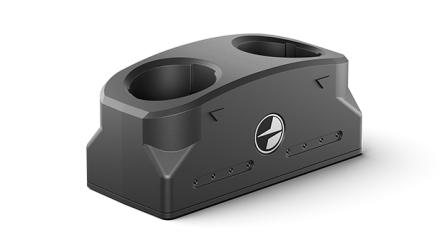 APS Chargers
Battery Chargers
APS Chargers
Battery Chargers
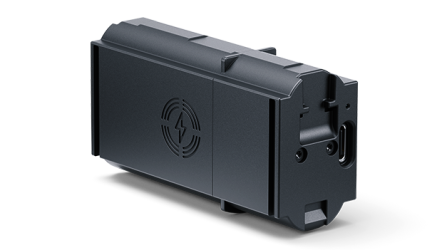 LPS 7i Battery Pack
Battery Packs
LPS 7i Battery Pack
Battery Packs
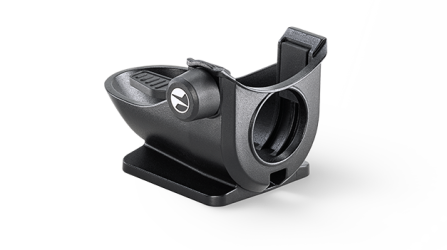 Telos LRF Tripod Adapter
Pulsar Accessories
Telos LRF Tripod Adapter
Pulsar Accessories
 IPS Batteries
Battery Packs
IPS Batteries
Battery Packs
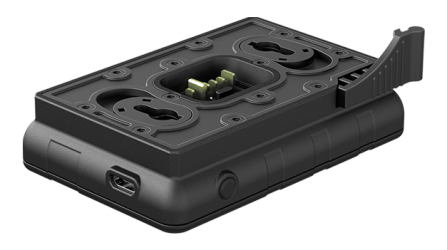 IPS Battery Charger
Battery Charger
IPS Battery Charger
Battery Charger
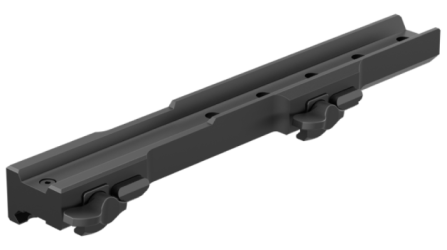 Rifle Mounts
for Pulsar Riflescopes
Rifle Mounts
for Pulsar Riflescopes
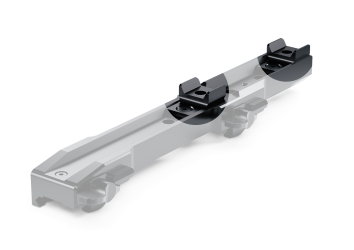 H7 Spacers
Repair Kits
New
H7 Spacers
Repair Kits
New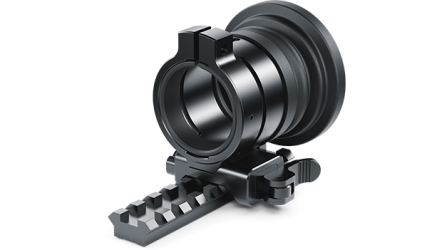 PSP-V Weaver Rail Adapter
Adapter
PSP-V Weaver Rail Adapter
Adapter
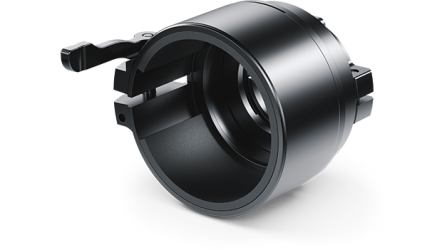 PSP Ring Adapters
Adapters
New
PSP Ring Adapters
Adapters
New PSP-B Ring Adapters
Ring Adapters
PSP-B Ring Adapters
Ring Adapters
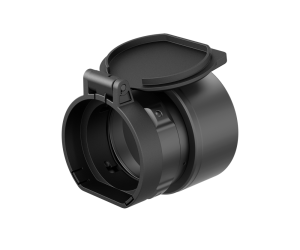 FN Adapters
Cover Ring Adapters
FN Adapters
Cover Ring Adapters
 Remote Controls
for digital devices and thermal imagers
Remote Controls
for digital devices and thermal imagers
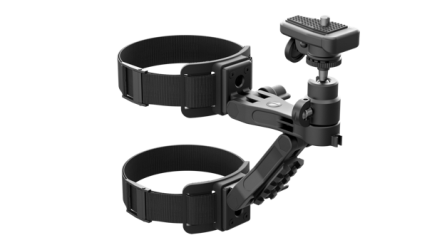 Tree mount
Pulsar Accessories
Tree mount
Pulsar Accessories
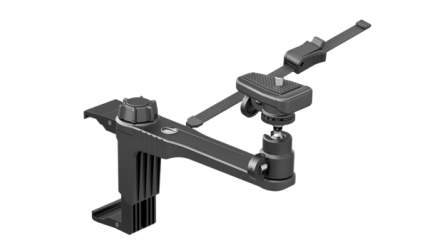 Window Frame Mount
Pulsar Accessories
Window Frame Mount
Pulsar Accessories
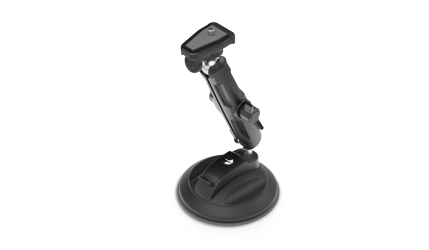 Flat Glass Mount
Pulsar Accessories
Flat Glass Mount
Pulsar Accessories
 Neck Straps
Accessories
New
Neck Straps
Accessories
New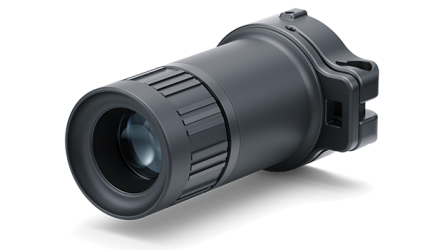 Monocular Pulsar 3x20 B
Accessories
Monocular Pulsar 3x20 B
Accessories
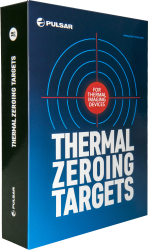 Thermal Zeroing Targets
Accessories
Thermal Zeroing Targets
Accessories









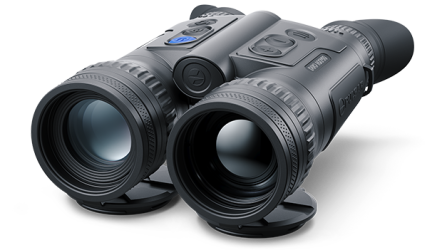
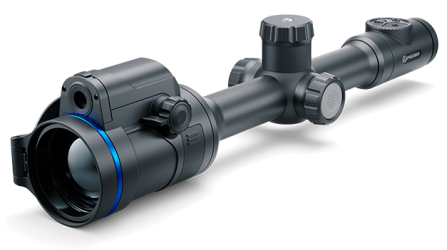
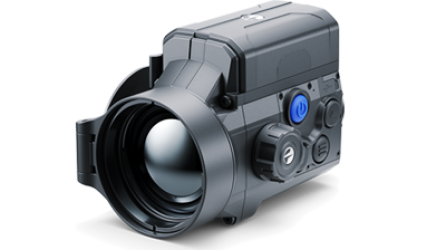
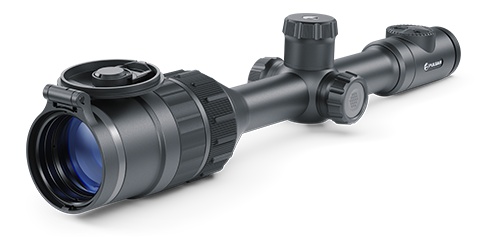
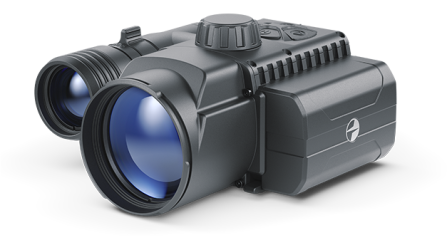
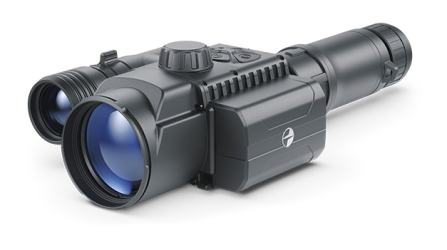



 English
English German
German French
French Spanish
Spanish Italiano
Italiano English
English Lietuvių
Lietuvių

